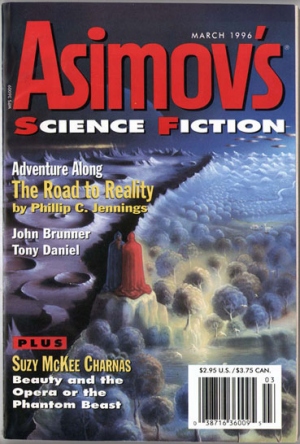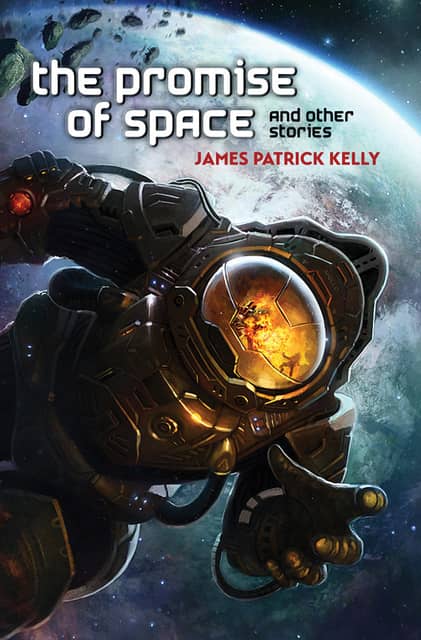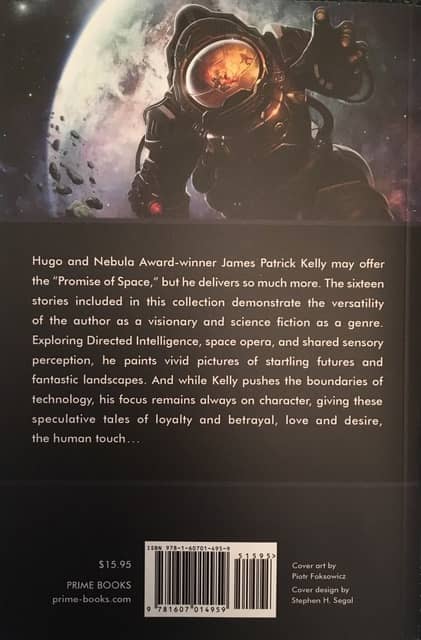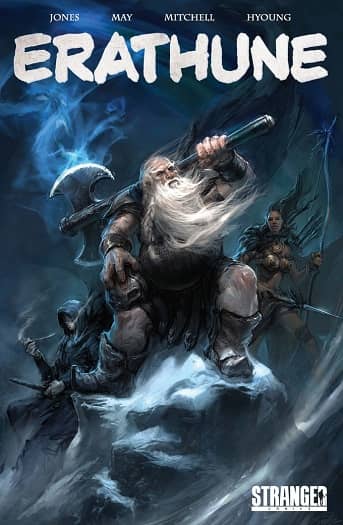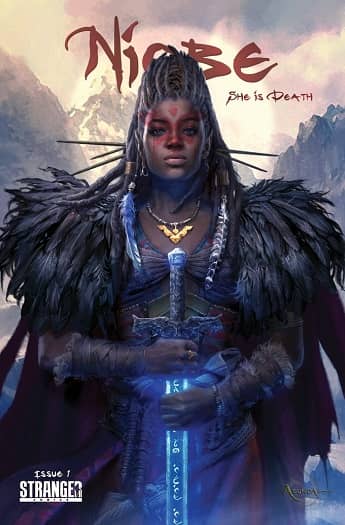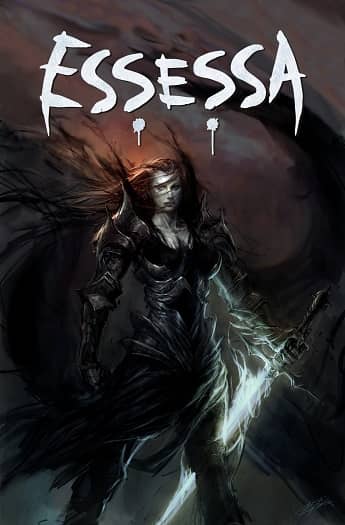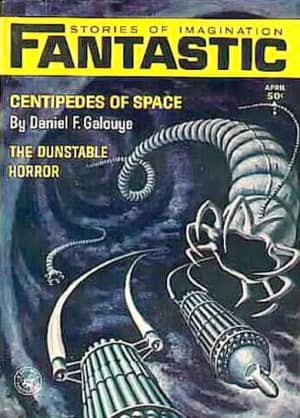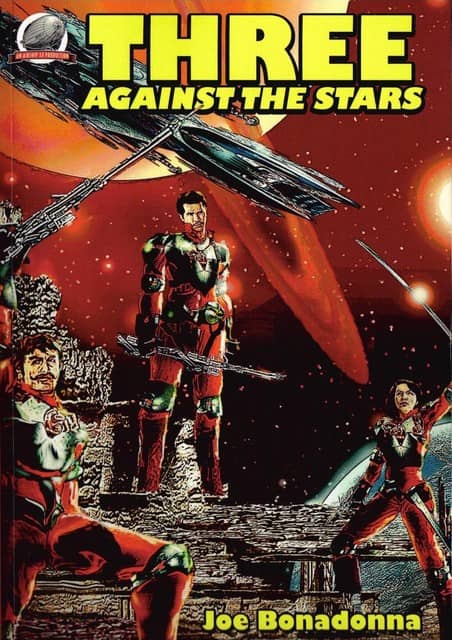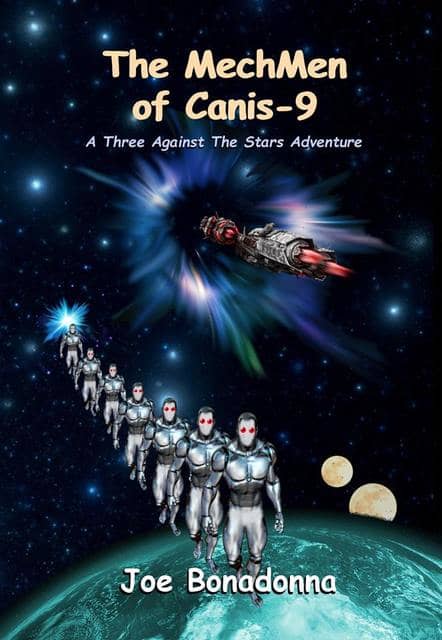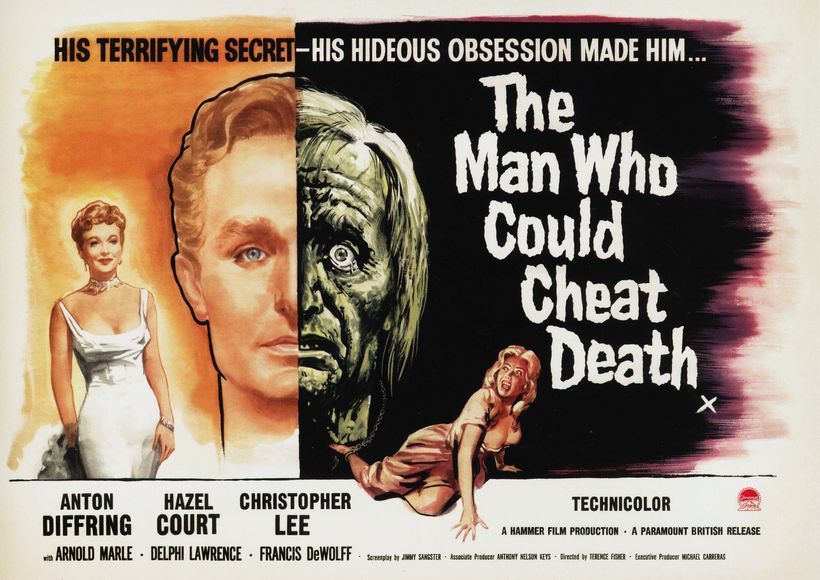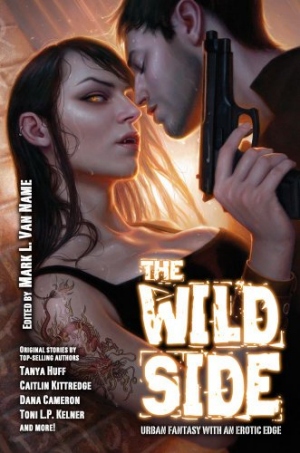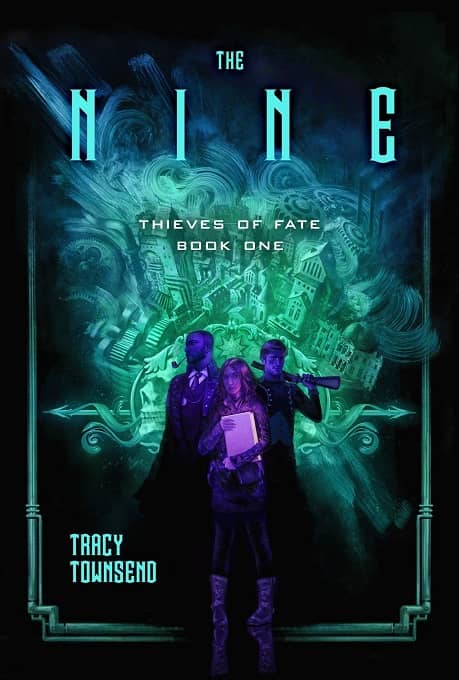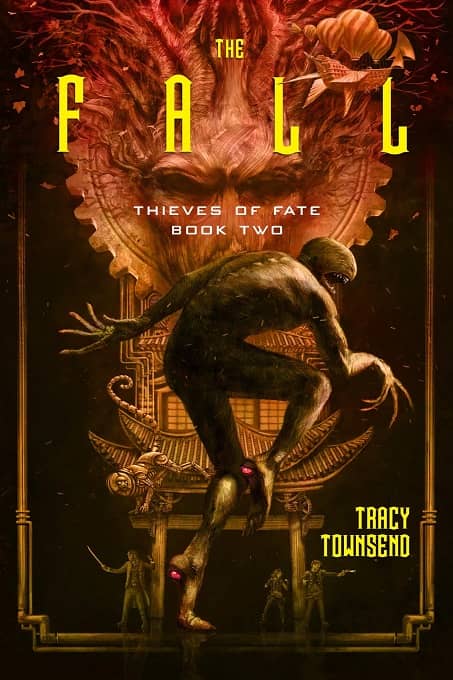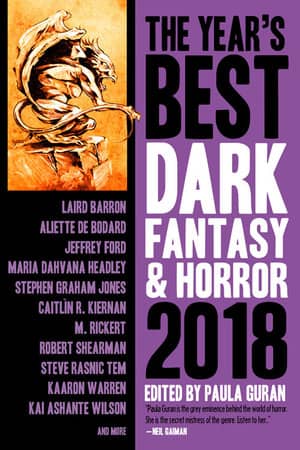A (Black) Gat in the Hand: Joe Bonadonna’s ‘Hardboiled Film Noir’ (Part One)
I reached out to some friends to help me with A (Black) Gat in the Hand, as I certainly can’t cover everything and do it all justice. Our latest guest is author and fellow Black Gater, Joe Bonadonna. And Joe delivered an in-depth look at hardboiled adaptations on the silver screen. In fact, he covered so much ground, it’s gonna be a two-parter! So, let’s dig in!
Hardboiled Film Noir: From Printed Page to Moving Pictures (Part One)
“You’re the second guy I’ve met within hours who seems to think a gat in the hand means a world by the tail.” — Phillip Marlowe in Raymond Chandler’s The Big Sleep
Prologue
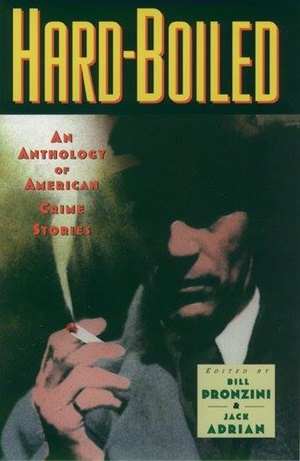 Crime does not discriminate. From city streets and slums to quiet suburbia, from the mansions of the rich to the boardrooms of the powerful, crime is alive and well. It can be found in dance halls, beer halls and gambling halls . . . speakeasies, seedy gin joints, smoke-filled pool halls, dive hotels, and wharf-side saloons. Crime exists everywhere, and writers and filmmakers have been telling stories about crime since Gutenberg invented the printing press.
Crime does not discriminate. From city streets and slums to quiet suburbia, from the mansions of the rich to the boardrooms of the powerful, crime is alive and well. It can be found in dance halls, beer halls and gambling halls . . . speakeasies, seedy gin joints, smoke-filled pool halls, dive hotels, and wharf-side saloons. Crime exists everywhere, and writers and filmmakers have been telling stories about crime since Gutenberg invented the printing press.
This article deals mainly with American pulp fiction, novels and films, and a few theatrical plays, too. I’m going to give a little background history on the source material for these films and on some of the writers who penned the original stories upon which they were based.
Long ago, long before television came along, the film industry turned to books, magazine stories, theatrical plays, and radio shows for their source material, as well as original screenplays. Movie moguls bought the rights to numerous best-selling novels, mined the pages of pulp magazines, comic books, and even newspaper comic strips.
Many films made during this period were Saturday matinee serials such as Flash Gordon, Buck Rogers, Superman, Batman, Captain Marvel, and The Shadow. Dick Tracy was actually given a series of stand-alone films, and of course we had Edgar Rice Burroughs’ Tarzan.
Most of these serials were the “comic book” films about pulp fiction superheroes, caped crusaders, masked avengers, and magical crime fighters. Many others films, however, were turned into “programmers,” as they were sometimes called: B-pictures with low budgets, made by up-and-coming directors, and featuring actors who had not yet attained A-list status.
